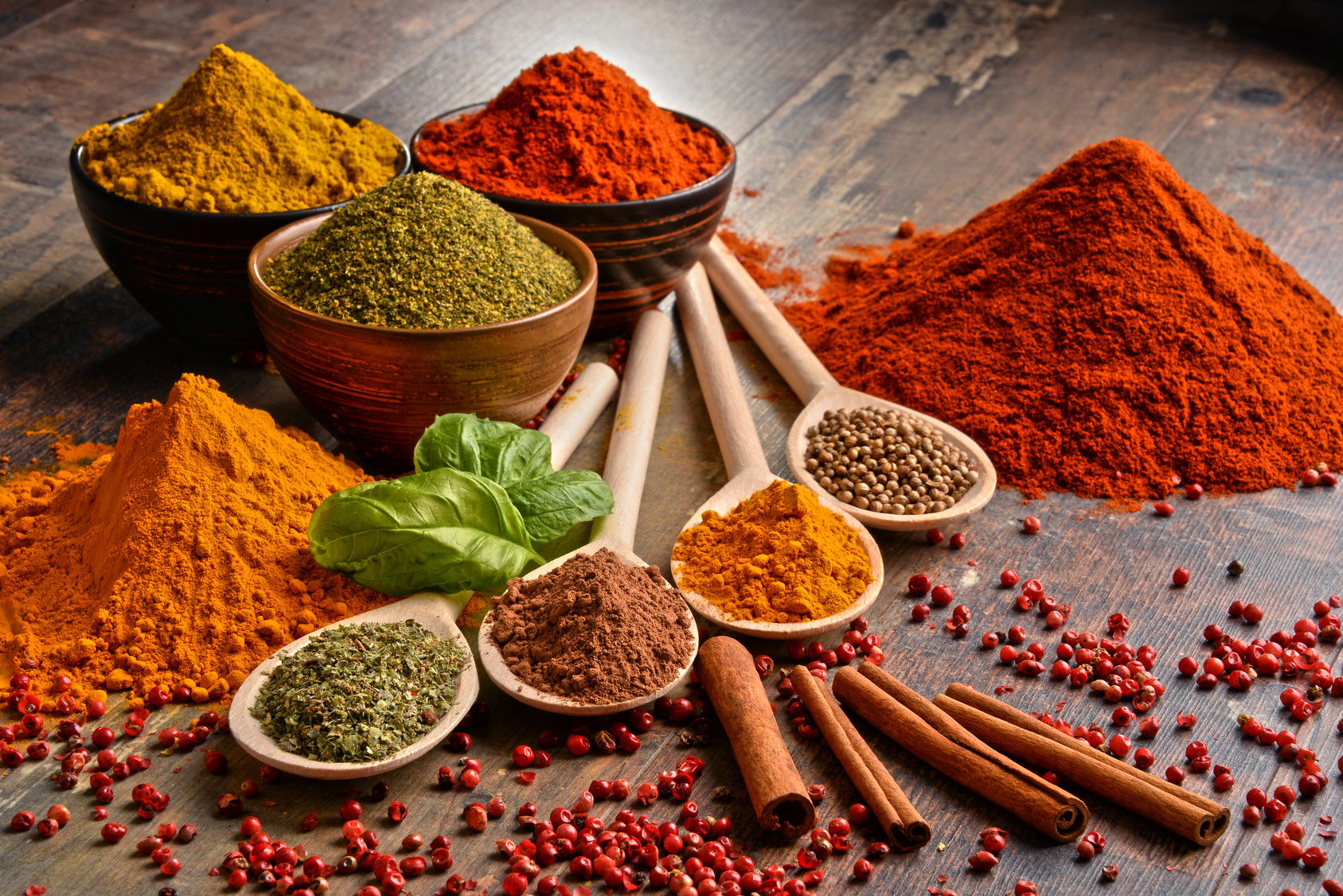
India, a land of rich artistic heritage, is famed for its different culinary traditions. At the heart of Indian cookery lies a fascinating shade of spices, weaving together a vibrant palette of flavors and aromas that have charmed food suckers around the world. From the fiery heat of chili peppers to the delicate scent of cardamom, the spices of India have come synonymous with its gastronomic delights. In this composition, we embark on a trip to unravel the secrets of this sweet shade and claw into the different spices that define Indian cookery.
One can not speak of Indian spices without mentioning the ubiquitous triad turmeric, coriander, and cumin. Turmeric, with its vibrant golden tinge, isn't only a chief in Indian cuisine but also possesses inconceivable health benefits. Its earthy flavor and warm undertones advance depth to curries and stews. Coriander, in both seed and splint form, adds a stimulating citrusy note to dishes, while cumin infuses a warm and nutty substance.
Moving beyond the familiar, we encounter the fiery heat of chili peppers. India is home to a wide range of chili kinds, each with its own distinct position of spiciness. From the fiery red-hot Kashmiri chili to the milder yet toothsome Byadgi chili, these peppers give the backbone of numerous Indian curries and spice composites, similar as the iconic garam masala.
probing deeper into the spice trail, we encounter cardamom, known as the" Queen of Spices." With its alluring aroma and sweet, slightly flowery taste, cardamom is an integral part of both savory and sweet dishes. It imparts a distinct scent to Indian goodies like kheer( rice pudding) and lends its substance to scrumptious biryanis.
Another spice that holds a special place in Indian cookery is cinnamon. Its warm, Buy Spices Online India woody flavor adds depth to curries and imparts a pleasurable aroma to rice dishes. Cinnamon's sweet and savory versatility makes it an essential component in both savory and sweet Indian fashions.
Moving towards the south of India, we discover the vibrant flavors of curry leaves, mustard seeds, and tamarind. Curry leaves, with their distinct citrusy flavor, advance their magic to curries, chutneys, and stir- feasts. Mustard seeds, when tempered in hot oil painting, release a nutty flavor that's a hand of South Indian cookery. Tamarind, with its pungent and slightly sweet taste, is used to balance flavors in dishes like sambar and rasam.
One can not explore Indian spices without mentioning the complex mix known as masala. From the robust garam masala to the fiery vindaloo masala, these spice composites are the heart and soul of Indian cuisine. Each region in India has its own unique masala mix, showcasing the different culinary traditions of the key.
Beyond their culinary significance, Indian spices have a long history of medicinal and Ayurvedic operations. Turmeric, with its potentanti-inflammatory parcels, has been used for centuries to promote overall health and well- being. Cumin, coriander, and cardamom aid in digestion and give a range of health benefits.
Reference: Wikipedia
In conclusion
The spices of India form an alluring shade that tells the story of a different and vibrant culinary tradition. From the fiery chili peppers to the delicate aroma of cardamom, these spices elevate Indian cookery to new heights. They not only tantalize the taste kids but also offer a wealth of health benefits. So, the coming time you savor the flavors of Indian cookery, take a moment to appreciate the intricate mix of spices that produce this sweet shade.



























